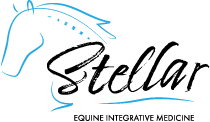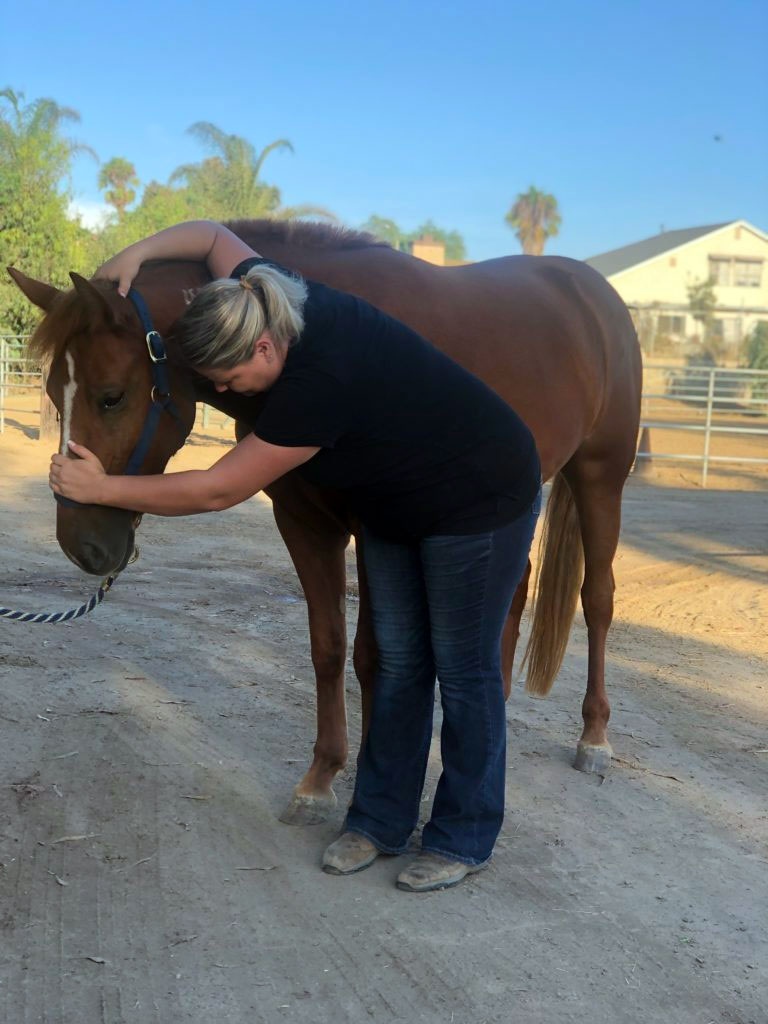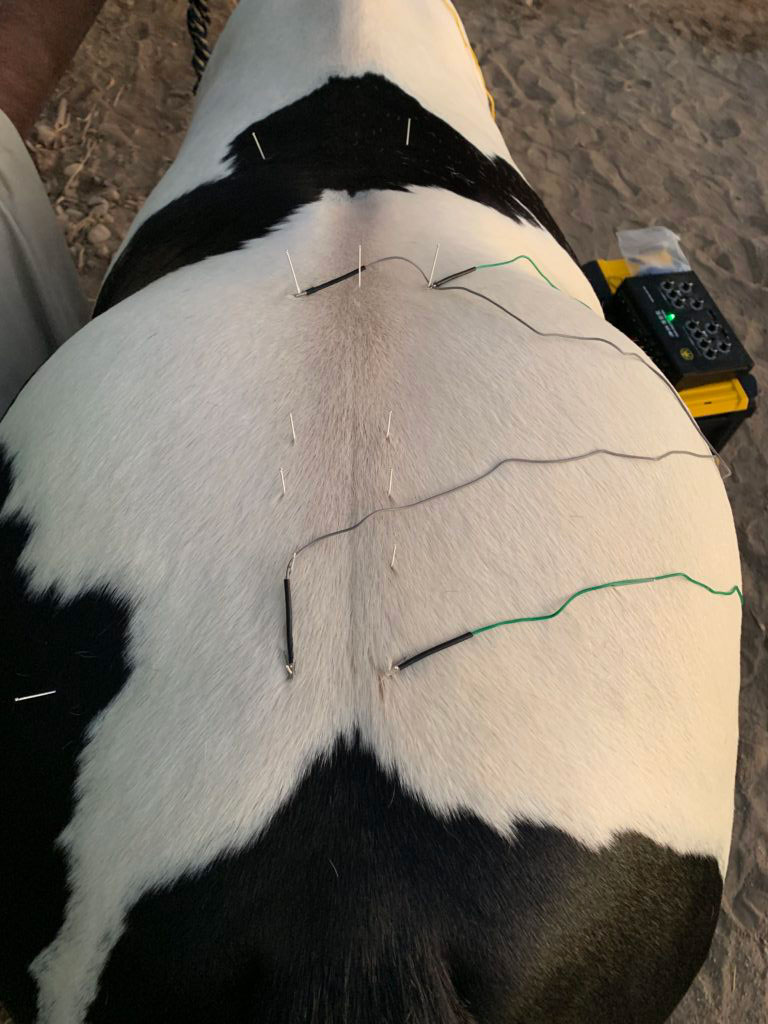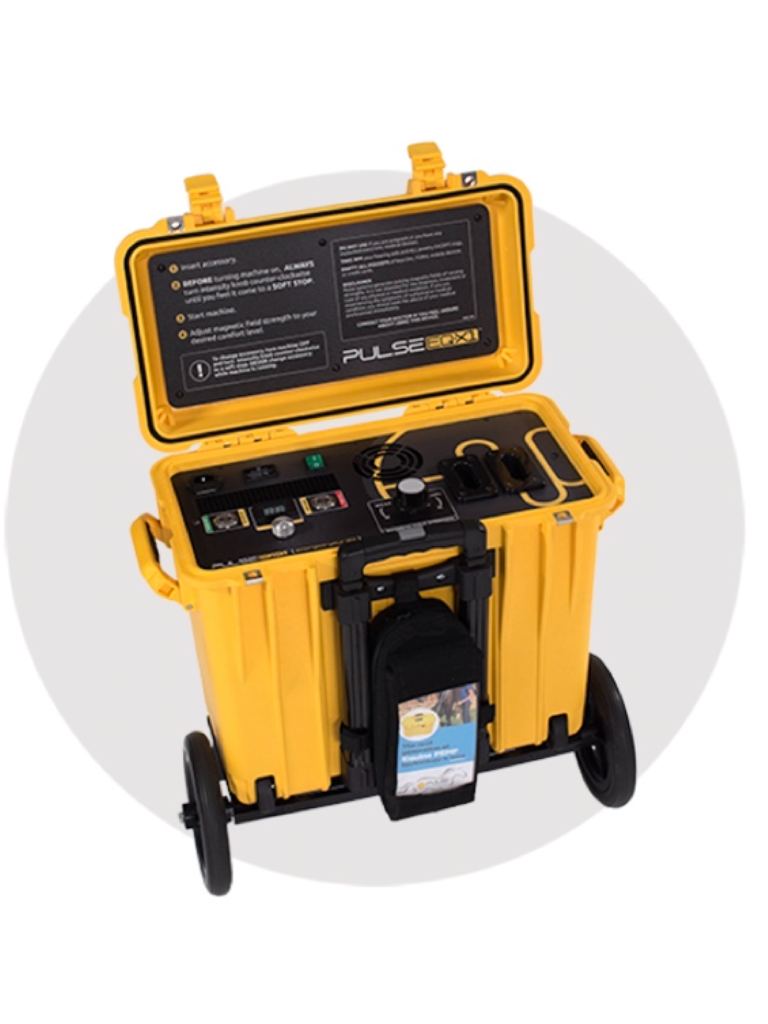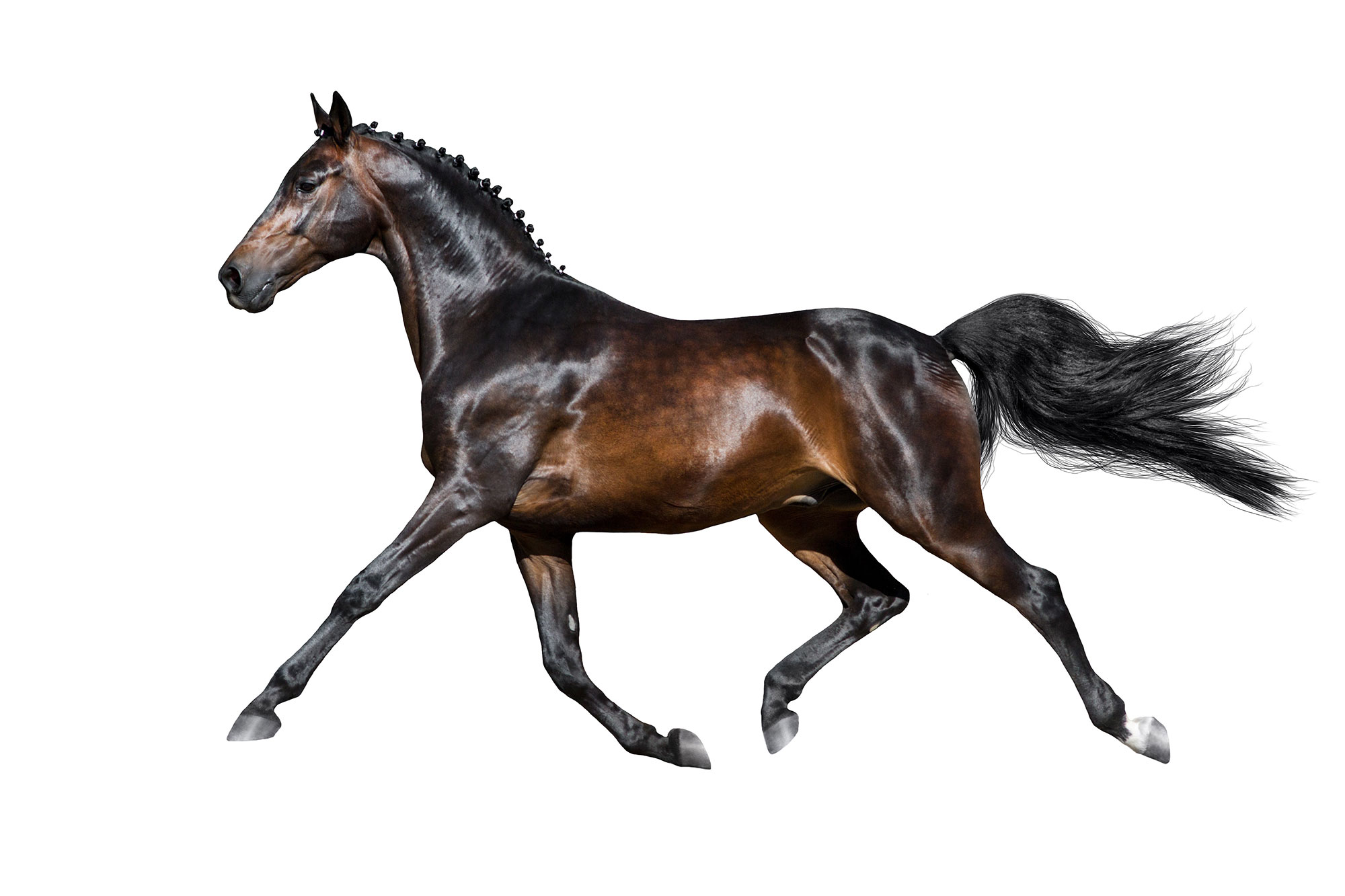Keeping your horse feeling and moving their best is the goal of Stellar Equine Integrative Medicine. Regardless of age, breed, or discipline, our alternative medical diagnostics and therapies have something to offer every horse throughout its life. From sports medicine at shows and during training to the golden years of retirement, we can help to keep your athlete or companion at their healthiest and happiest!
We believe in a multimodal approach to veterinary medicine, which has consistently proven to provide better therapeutic results than an individual approach alone. The more options that you have for treatment, especially when used in combination, will help you and your horse reach the best possible outcome for all types of pain and disease. We offer an array of alternative treatment methods including Traditional Chinese Veterinary Medicine with Herbology, Acupuncture including Electroacupuncture, Veterinary Medical Manipulation aka “Chiropractic,” and Pulsed Electromagnetic Field Therapy. Call us to find out more about how we can help your horse today! (760)585-8203.
